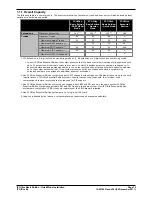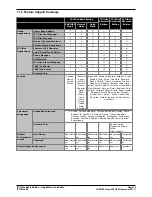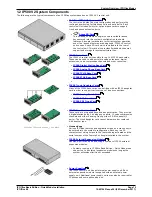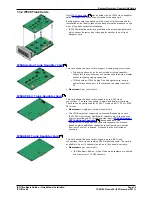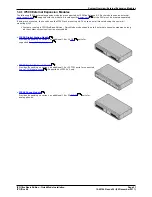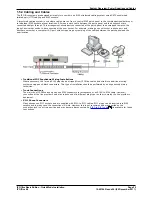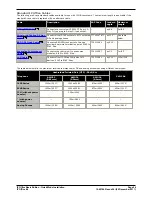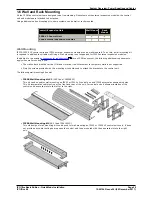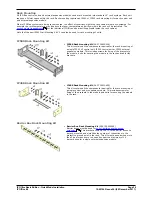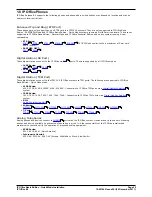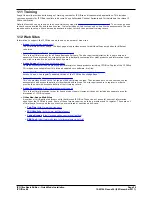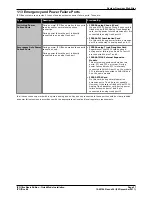
IP Office Basic Edition - Quick Mode Installation
Page 24
15-601042 Issue 24i (20 December 2011)
IP Office 8.0
1.5.3 Power Supply Backup
The use of an Uninterrupted Power Supply (UPS) with any telephone system is strongly recommended. Even at sites that
rarely lose electrical power, that power may occasionally have to be switched off for maintenance of other equipment. In
addition, most UPSs also provide an element of power conditioning, reducing spikes and surges.
The capacity of UPS systems and the total equipment load the UPS is expected to support are usually quoted in VA. Where
equipment load is quoted in Watts, multiply by 1.4 to get the VA load.
The calculation of how much UPS capacity is required depends on several choices.
·
What equipment to place on the UPS?
Remember to include server PCs such as the voicemail. It is recommended that the total load on a new UPS is
never greater than 75% capacity, thus allowing for future equipment.
·
How many minutes of UPS support is required?
Actual UPS runtime is variable, it depends on what percentage of the UPSs capacity the total equipment load
represents. For example, a 1000VA capacity UPS may only support a 1000VA (100%) load for 5 minutes. This
relationship is not linear, the same UPS would support a 500VA (50%) load for 16 minutes. Therefore the lower the
percentage of capacity used, the increasingly longer the UPS runtime, typically up to 8 hours maximum. Remember
also that for most UPS's the ratio of discharge to full recharge time is 1:10.
·
How many output sockets does the UPS provide?
Multiple UPS units may be required to ensure that every item of supported equipment has its own supply socket.
Example Values
The dominate factor in the power consumption of an IP Office system is the telephones attached to the control unit and
any external expansion modules. This does not include IP telephones which require their own separate power supplies. If
any server PCs are being used by the system, the requirements of those PCs should also be included in the assessment.
Similarly support for adjunct systems such as DECT should be considered.
When calculating the maximum power consumption per phone, the following are typical values:
·
ETR: 2.2W per phone.
·
TCM (M-Series and T-Series): 2W per phone.
·
1400: 1.1W per phone.
·
4400 Series: 2.2W per phone.
·
5400: 1.6W per phone.
·
9500: 1.3W per phone.
Assuming a fully populated control unit and fully populated external expansion modules:
·
IP500 V2 Control Unit: 115W (assumes 4 x 8 TCM phones and 4 trunk daughter cards).
·
IP500 Digital Station 16 External Expansion Module: 31W (assumes 5400 Series phones)
·
IP500 Digital Station 30 External Expansion Module: 56W (assumes 5400 Series phones)
·
IP500 DS16A Digital Station RJ21 External Expansion Module: 34W
·
IP500 DS30A Digital Station RJ21 External Expansion Module: 60W
·
IP500 Analog Trunk Module 16 External Expansion Module: 8.8W



